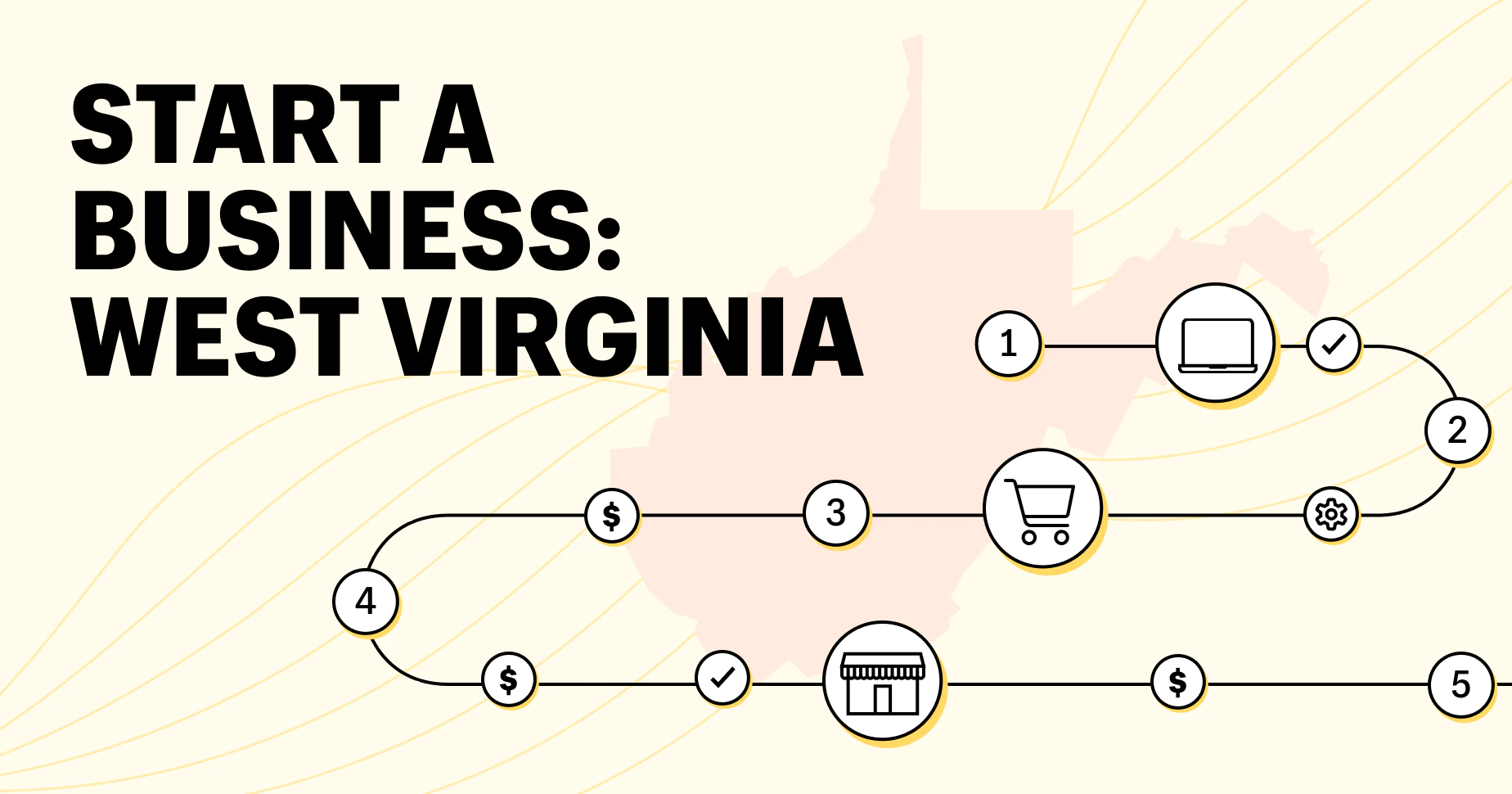Business Plan Template Complete Guide for Entrepreneurs
A business plan is a written description of your business’s future, a document that tells what you plan to do and how you plan to do it. Therefore, Entrepreneurs can make use of a good business plan to understand the best business strategy and it’s requirements for their intending business for optimum performance and success.
If you jot down a paragraph on the back of an envelope describing your business strategy, you’ve written a plan, or at least the germ of one.
Business plan are inherently strategic. You start here, today, with certain resources and abilities. And you want to get to there, a point in the future (usually three to five years out), at which time your business will have a different set of resources and abilities as well as greater profitability and increased assets. Your plan shows how you will get from here to there.
A standard business plan consists of a single document divided into several sections including a description of the organization, the market research, competitive analysis, sales strategies, capital and labor requirements, and financial data.
The resulting document can serve as the blueprint for your business and be supplied to financial institutions or investors if debt or equity financing is needed to get your business off the ground.
What should be in your business plan?
Creating a business plan is a key part of starting any business venture. Even if you’ll never use it in this format for attracting investors and raising capital, it can be vital for helping all entrepreneurs to ask and think through essential questions.
Nowadays business plans are used as an internal roadmap for the execution of the company since pitch decks have taken over when it comes to fundraising required materials. For a winning deck, take a look at the pitch deck template created by Silicon Valley legend, Peter Thiel.
Thiel was the first angel investor in Facebook with a $500K check that turned into more than $1 billion in cash. Moreover, I also provided a commentary on a pitch deck from an Uber competitor that has raised over $400 million (see it here).
Don’t skip this part of the process. Though, do not let it become a distraction and slow you down from creating an actual business either.
For key insights on the why, when and how to create a business plan, and emerging alternatives for startups versus small businesses, see my Forbes article on How To Create A Business Plan.
There are many variations of business plans today. Especially, with the rapid growth of lean startups. A few minutes on Google will provide plenty of free business plan template options. The following is adapted from the SCORE Association’s recommended outline of categories, which covers most of the bases for exactly what to include in your business plan.
Executive Summary
This is the most critical part of your business planning. If you never flesh out a full business plan, make sure you create a fantastic executive summary. This brings together all of the key elements of your plan and will often be the make or break document which decides whether commercial lenders or investors will have any interest in seeing the rest of your documentation or pursuing a relationship with you. For additional guidance, you may want to review the Executive Summary Template that I recently covered on Forbes as well.
Company Description
This section provides a further overview of your company now.
Include:
- The company purpose, mission and vision
- Company formation information
- Who the founders are
- Location and geographical markets served or where you have a presence
- Current status and stage of business
- Any notable achievements so far
Products & Services
List what products and services your company has been formed to create. How are you solving the main problem and are serving the community with your business?
Include:
- Definition of the core product or service
- Development stage
- Screenshots or diagrams
- Current pricing
- Past test results
- Anticipated future products and services you hope to develop and roll out
Marketing Plan
This is another section which is an absolute must-have, even if you never develop a fully fledged business plan in its entirety. This holds key information that all financiers and potential investors are going to want to know. Even if you hope to just get away with using a pitch deck to raise the capital you need.
This is also a vital guide for yourself as a founder, and for your growing team as to what needs to be done and how.
Every minute invested in this section can pay great dividends over the longer term.
Include:
- Competition and market research
- SWOT analysis (Strengths, Weaknesses, Opportunities & Threats)
- Target market research (total market size and total addressable market (TAM))
- Brand and product positioning
- Elevator pitches and tag-lines
- Target customer personas and profiles
- Results of any testing conducted so far
- Marketing channels to be used
- Marketing budget
- Estimates of cost per action (CPAs)
Operational Plan
This is your opportunity to organize and demonstrate your understanding of this industry and business.
Include:
- Facilities and space needed
- Technology needs
- Equipment needs
- Supply chain management
- Logistics and distribution plans
- Order and fulfillment processes
- Quality control checks
- Legal and accounting needs
Management & Organization
This section of your business plan will help you to identify your own needs, and demonstrate to investors and other licensing bodies and agencies that you are the team to get this job done.
Read Also: Essential Guide To Business process Mapping
It basically shows your management and industry experience and who will do what.
Include:
- Founders and executive team
- Any owners and shareholders
- Board of directors
- Consultants and special advisors
- Key team members and department heads
Financial Plan
Provide an honest snapshot of where you are and where you reasonably hope to go, providing you secure the funding you need.
Include:
- Current balance sheet
- Past 2 years’ financials if applicable
- Financial projections for 12 months, and annually through year 5
- Break even analysis
- Cash flow projections
- Income and expenses
In this section you may also be including startup cost and capitalization requirements, or funding and loan requests.
Startup costs should be thorough, have some additional cushion built in, and focus on development of physical product or intellectual property and growth. Not what you want to pay yourself as a salary.
If fundraising, be sure to include a repayment schedule for any loans, use of funds, runway to follow up fundraising rounds, and the milestones you expect to achieve by then.
Appendices
Include all other information, references and required documentation here.
This will typically include:
- Articles of incorporation and status
- Resumes of founders and key team members
- Copies of insurances
- Licenses
- Trademarks and patent registrations
- Contracts
- Appraisals
- Deeper research data or links to references
Stay Flexible
Just like your first attempt at coding a website, practicing your pitch, or riding a bike, it’s not going to be perfect. Do your best. Get outside input from an expert.
Just don’t wait until you think your business plan is perfectly polished and cannot possible go any further in depth. Otherwise, chances are you will have missed your window of opportunity by a long way.
It is also crucial to understand that nothing in this document is set in stone. Pretty much everything will absolutely change over time. Roles will change, marketing will change, financial projections will change, and your product and service menu can change.
Having raised money for startups, exited them, and after interviewing many of the most successful founders and angel investors on the DealMakers Podcast, I’ve got to experience both the struggles and wins in startup life.
Things change rapidly overnight and for this reason you need to adapt quickly to the market and change whatever is required.
Read Also: How To Fuel Your Business Growth Through User Experience
This is a great guide and exercise. It’s a gateway to getting to the next step. Get it done, start taking action and stay flexible.
Summary
Creating a business plan remains a valuable part of launching any new business venture. Formats and business plan templates may have evolved, and new documents like pitch decks are becoming even more important.
Though without going through this process many entrepreneurs will find they have huge gaps in their ideas and may fall short when it comes to fielding questions from serious investors.
A business plan is a written description of your business’s future, a document that tells what you plan to do and how you plan to do it. Therefore, Entrepreneurs can make use of a good business plan to understand the best business strategy and it’s requirements for their intending business for optimum performance and success.
Using this template you will cover most of the bases and will be able to take the next steps with confidence.



